Saving Money on Your Commercial Auto Insurance Premiums: Essential Strategies for Businesses
Saving Money on Your Commercial Auto Insurance Premiums: Essential Strategies for Businesses
In today’s competitive business environment, every dollar saved can contribute significantly to your bottom line. Managing expenses like commercial auto insurance is no exception. By understanding the key factors that affect your premiums, you can make informed decisions to optimize costs and enhance your business operations.

1. Vehicle Selection and Impact
Your fleet vehicles are more than just assets; they are investments that directly influence your insurance premiums. The make, model, and age of these vehicles play a crucial role. While newer models boast advanced safety features, they often come with higher insurance costs due to their replacement and repair values. Conversely, older vehicles may offer lower premiums but could lack essential safety features, affecting your risk profile. Carefully consider the balance between safety features and insurance costs when selecting vehicles for your fleet.
2. Usage and Its Influence on Premiums
How your fleet is utilized significantly impacts your insurance rates. Vehicles used for long-distance travel or high-risk deliveries typically incur higher premiums. Insurers assess these risks meticulously. However, if your operations are primarily local and low-risk, you may find opportunities for cost savings. Consider analyzing your fleet's usage patterns to identify potential areas for premium reduction.
3. Accurate Travel Radius and Class Codes
A critical yet often overlooked factor is the accurate classification of your vehicles' travel radius and class codes. Misclassifying the radius of operations can lead to inflated premiums. Ensuring your vehicles are correctly categorized according to their true operational range can prevent unnecessary costs. Regularly reviewing these classifications ensures your coverage aligns with your business needs, potentially leading to significant savings.
4. Technology: A Safety and Savings Tool
Incorporating telematics or GPS systems into your fleet can be transformative. These technologies provide insights into driving behavior, enhancing safety and operational efficiency. Many insurers offer discounts to businesses that demonstrate a commitment to safety through technology, reducing risk and potentially lowering premiums.
To explore the best solutions for your needs, check out this guide on the best fleet management software. Additionally, consider using tools like Progressive's Snapshot ProView, which offers real-time data to help optimize your fleet's performance and safety.
5. Fleet Management and Optimization
Maintaining an optimal driver-to-vehicle ratio is crucial, but it shouldn't overshadow the importance of accurate classifications and technology use. Ensuring the right number of drivers and vehicles helps manage costs effectively, preventing unnecessary premium hikes due to overstaffing or underutilization. Regular fleet assessments can aid in maintaining this balance.
Conclusion: Empowering Your Business
By strategically managing these factors, businesses can significantly impact their commercial auto insurance costs. From ensuring accurate vehicle classification to leveraging technology for enhanced safety, these strategies are not just about saving money—they’re about empowering your business to thrive. Taking control of your insurance strategy today can lead to a more secure and financially sound tomorrow. How will you apply these strategies to optimize your business operations?
Implement these insights to optimize your commercial auto insurance premiums, ensuring your business is both financially savvy and well-protected.










